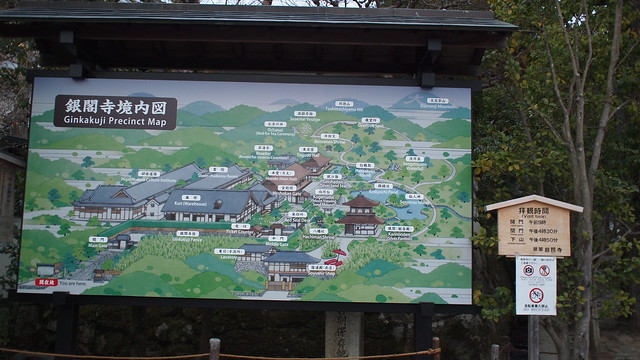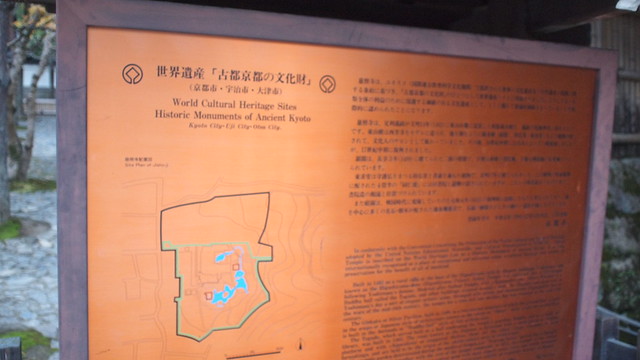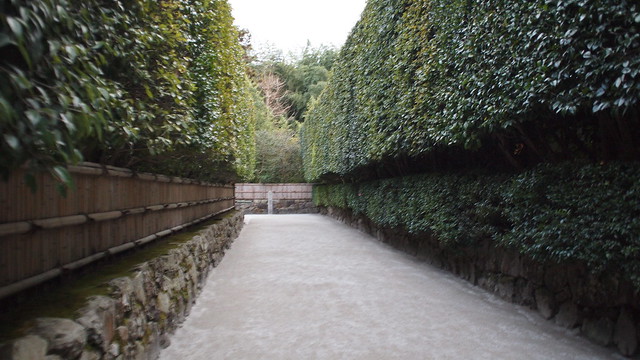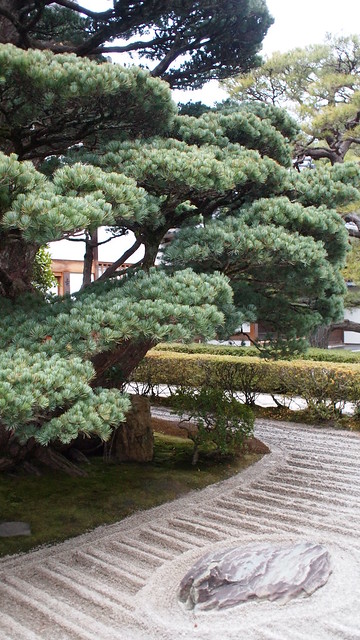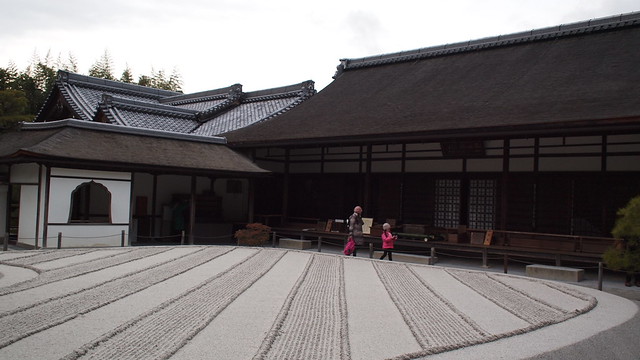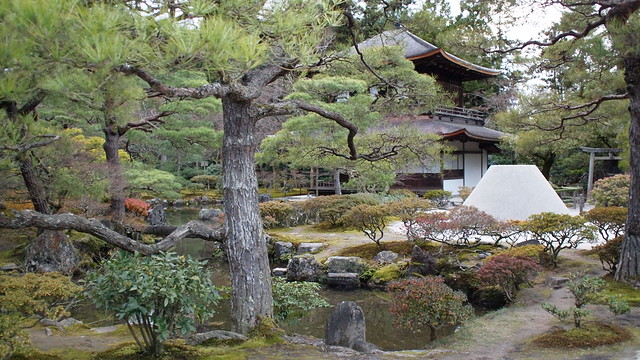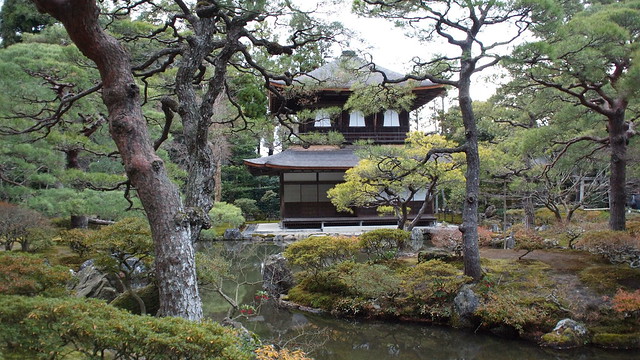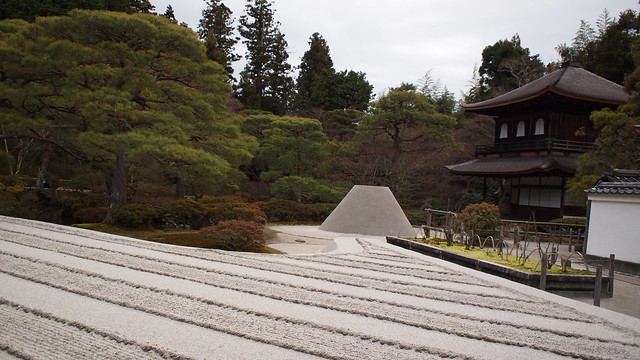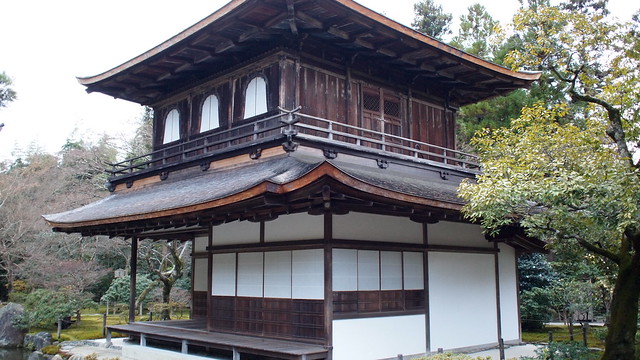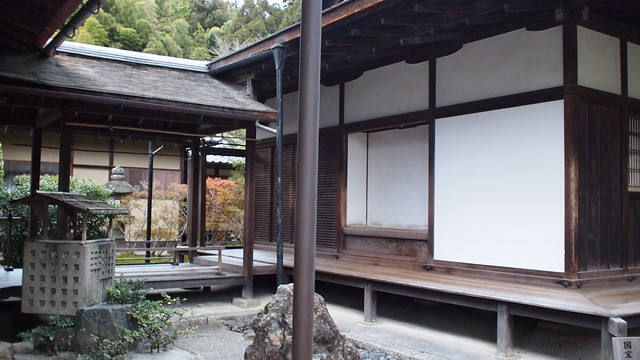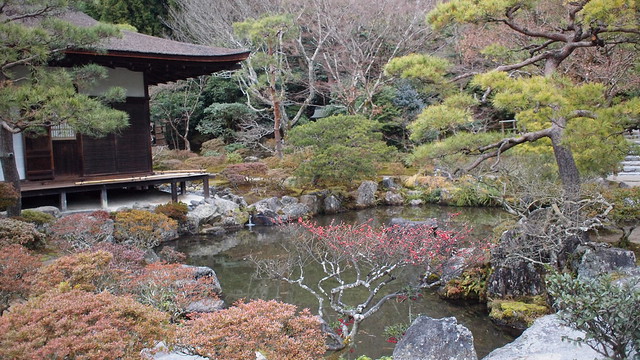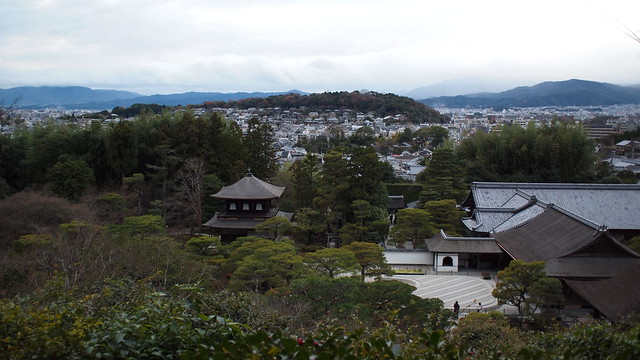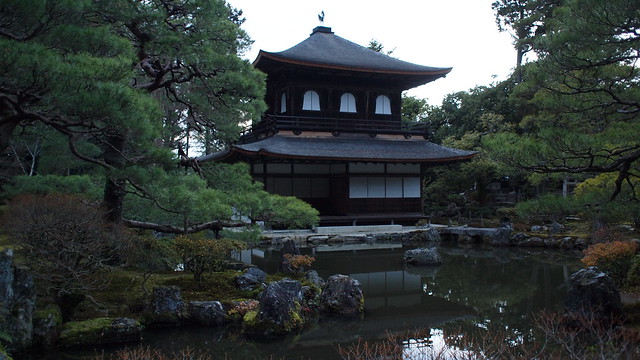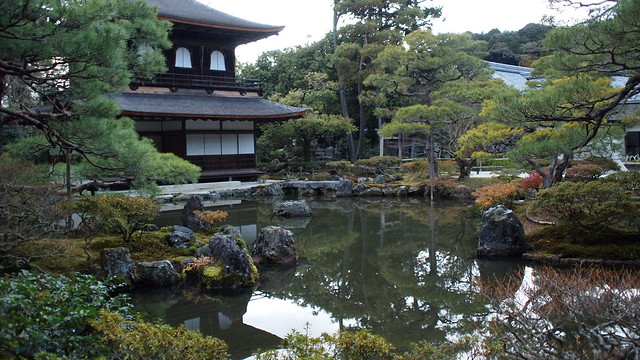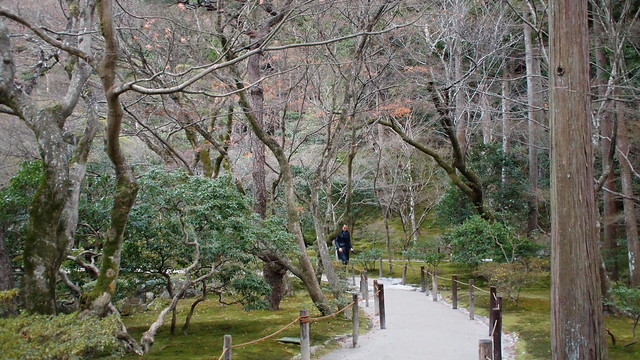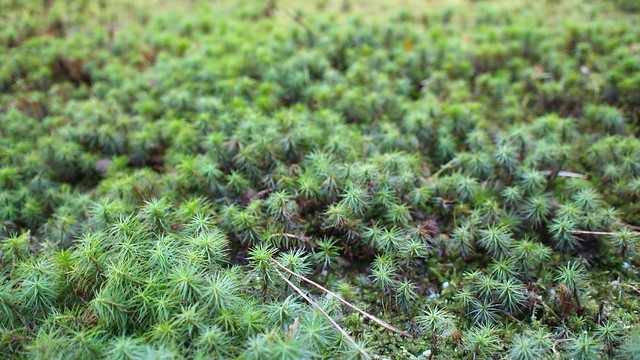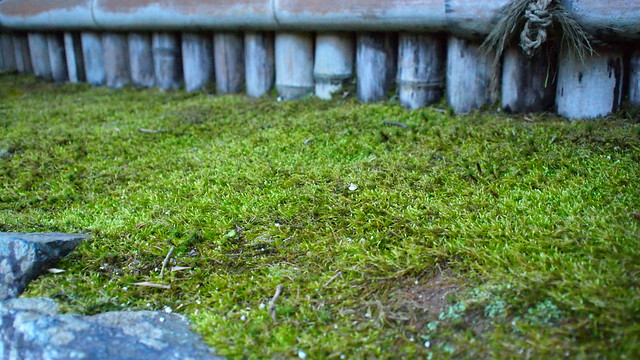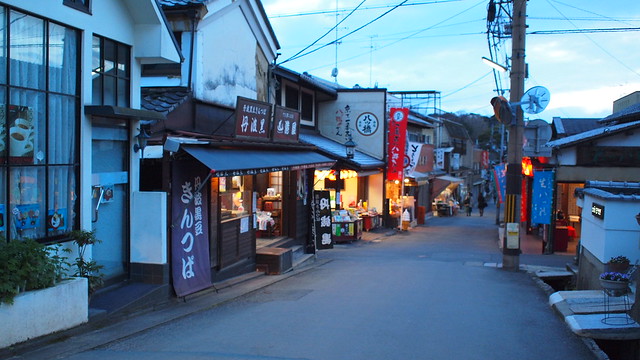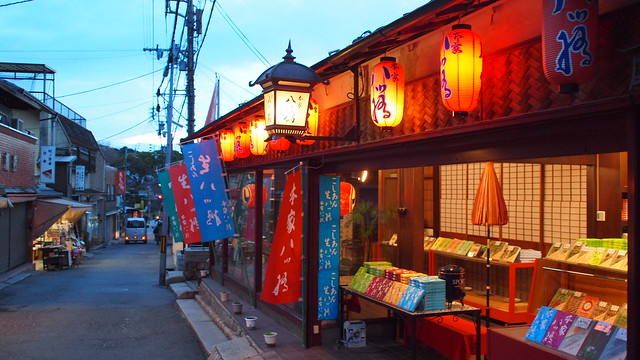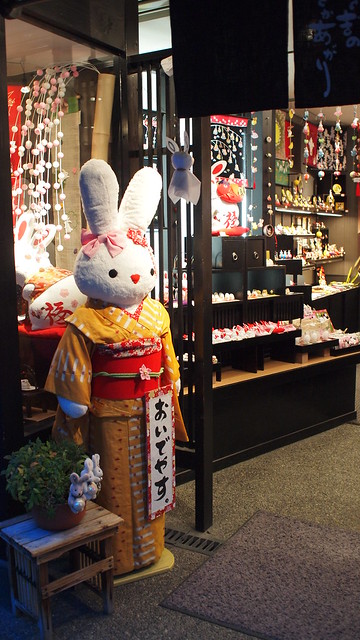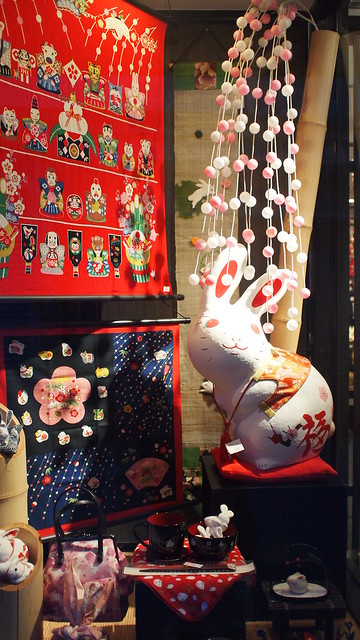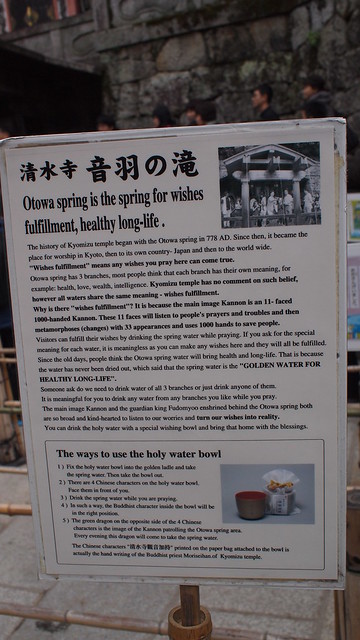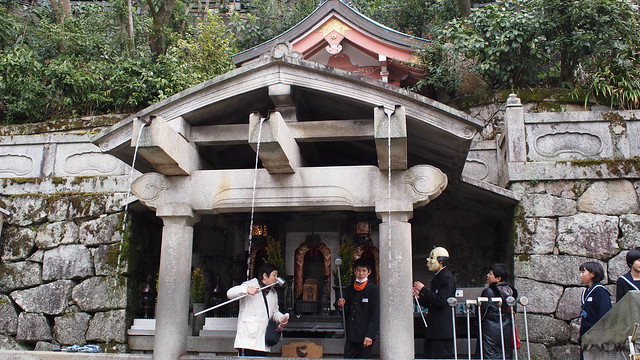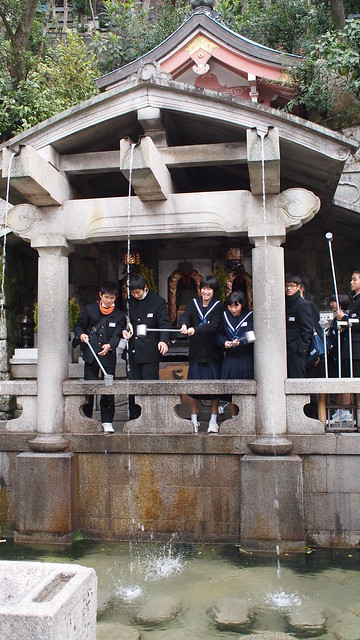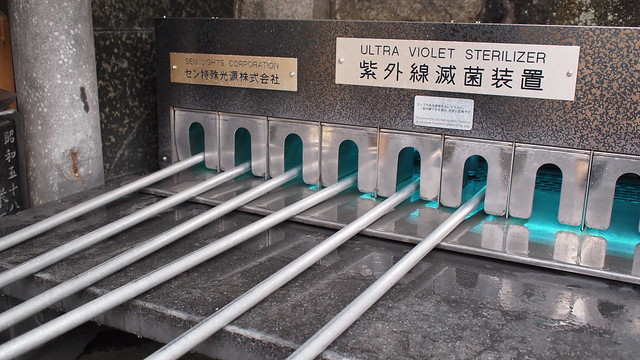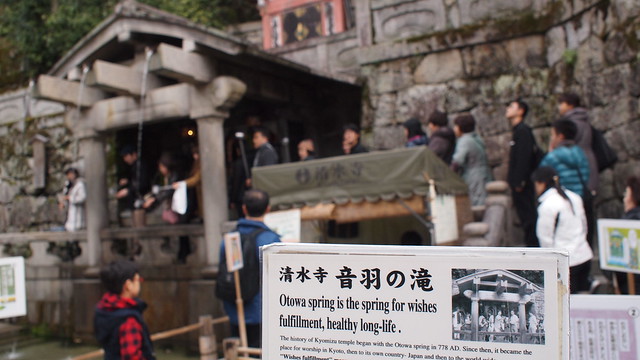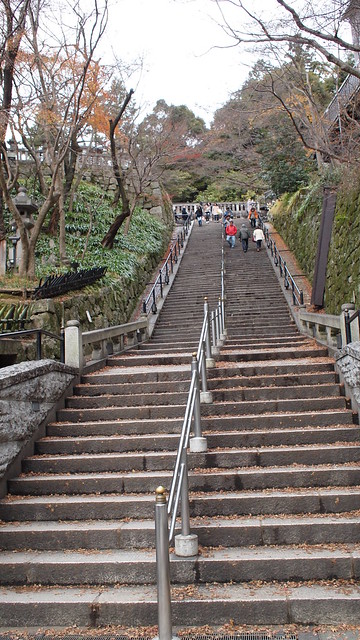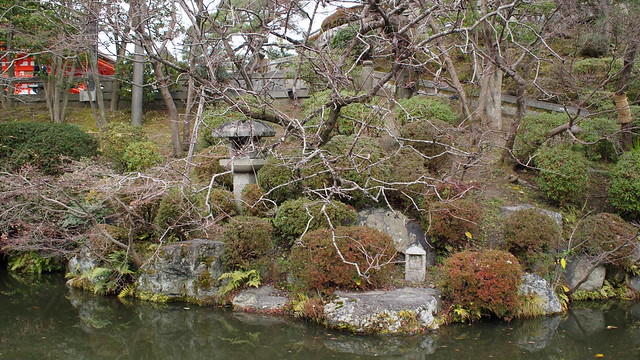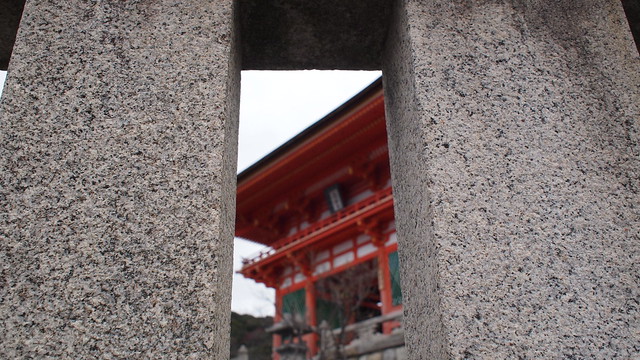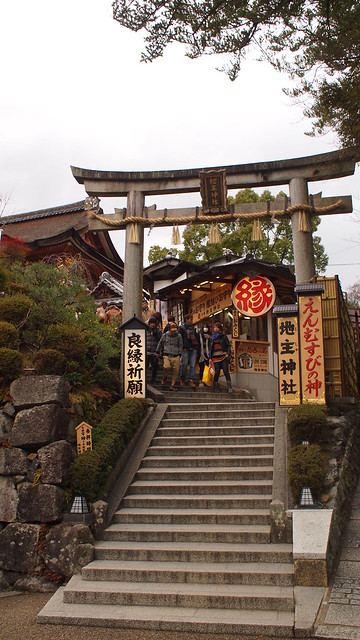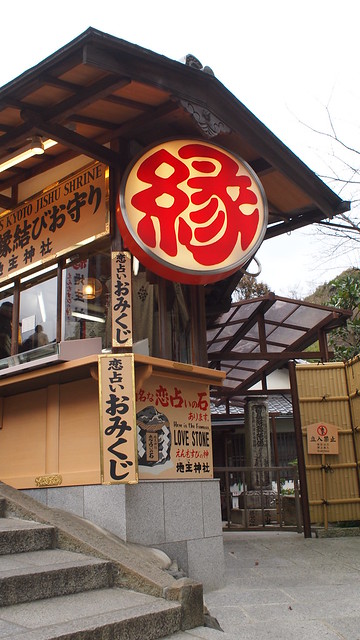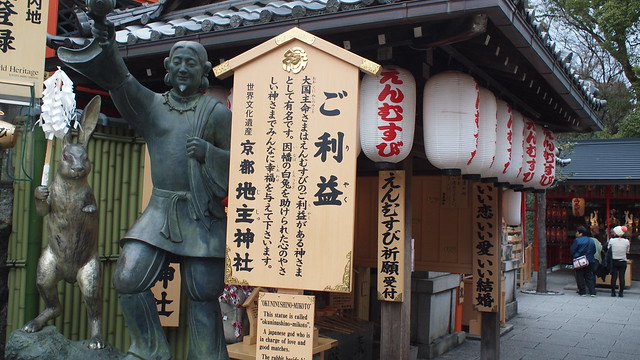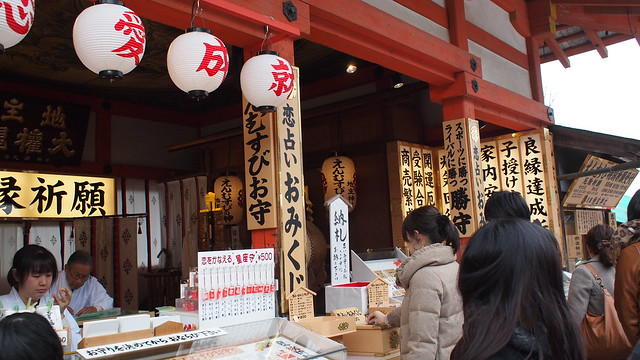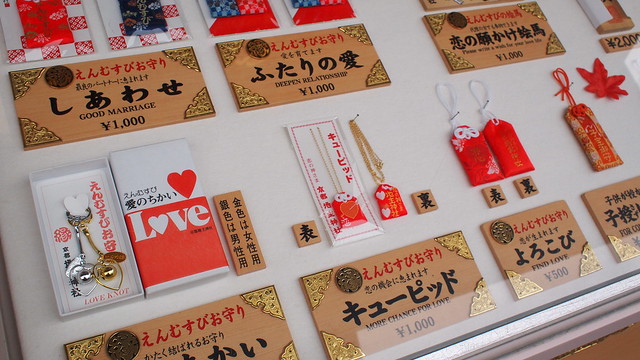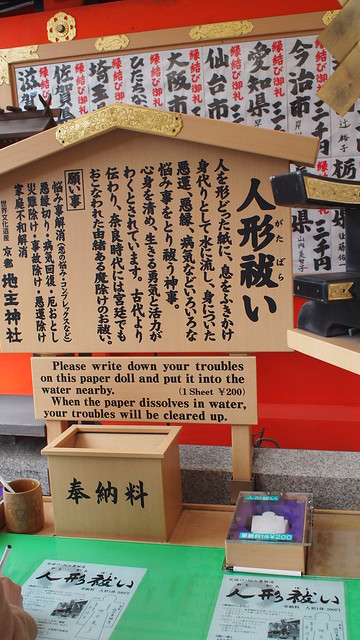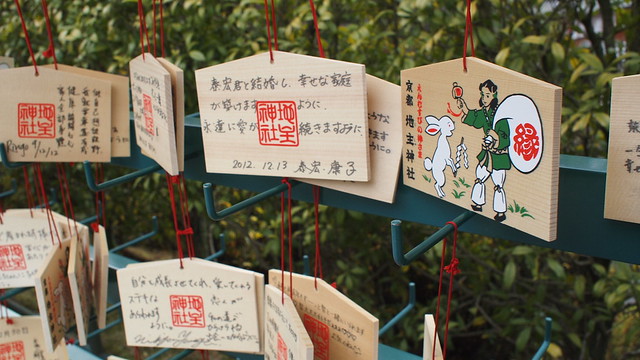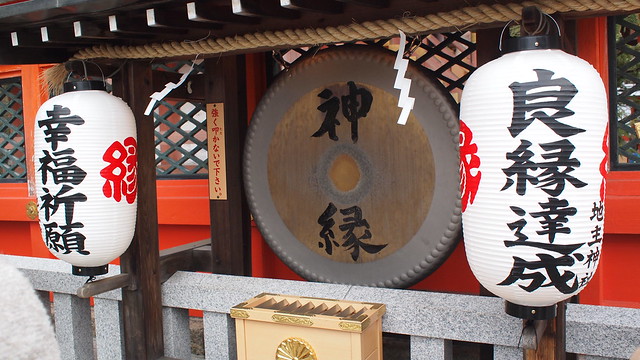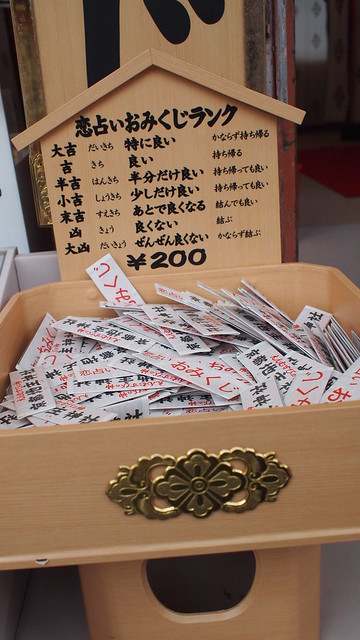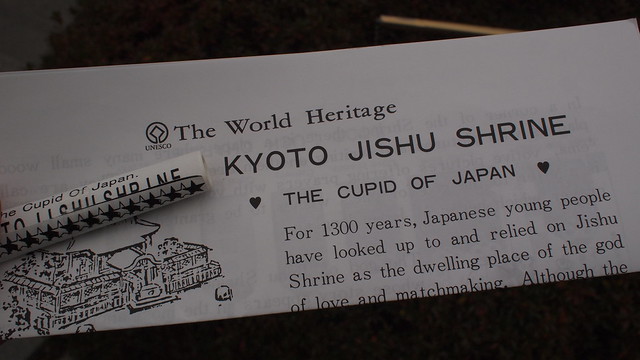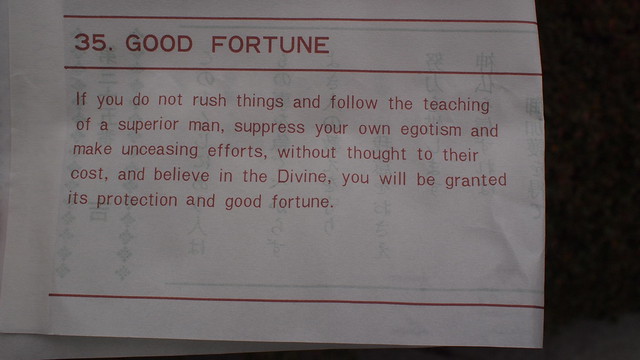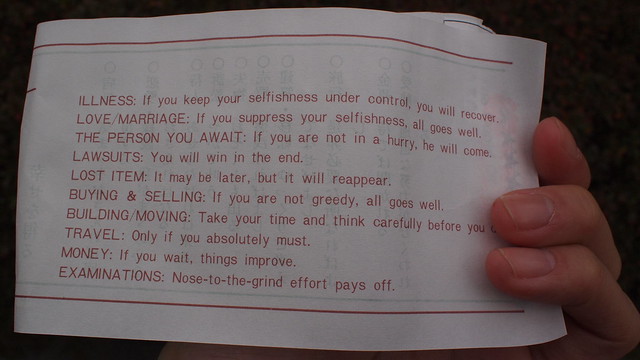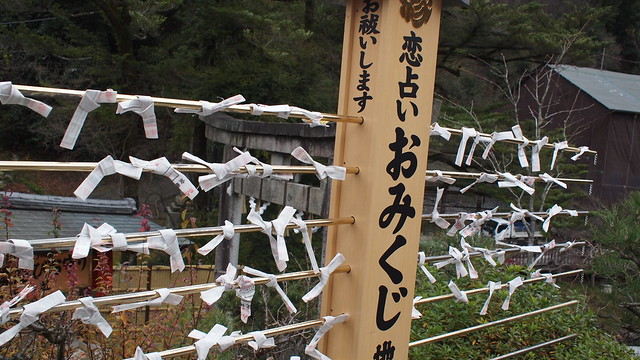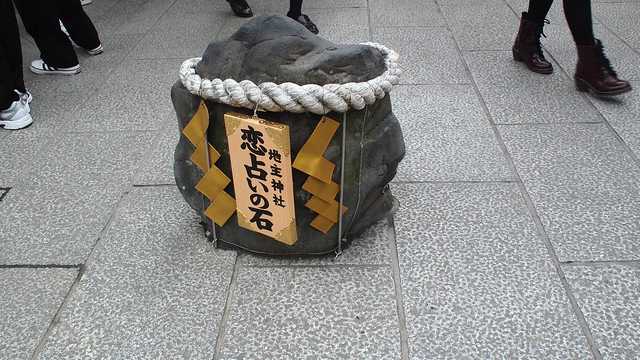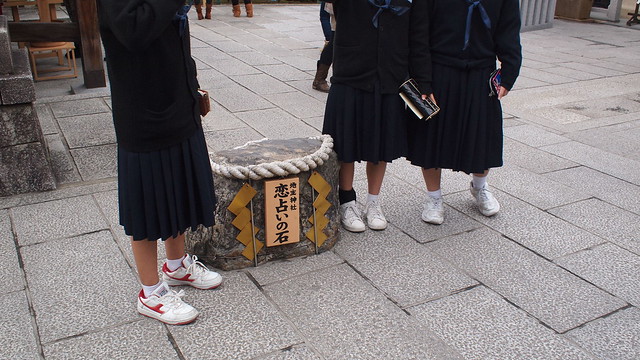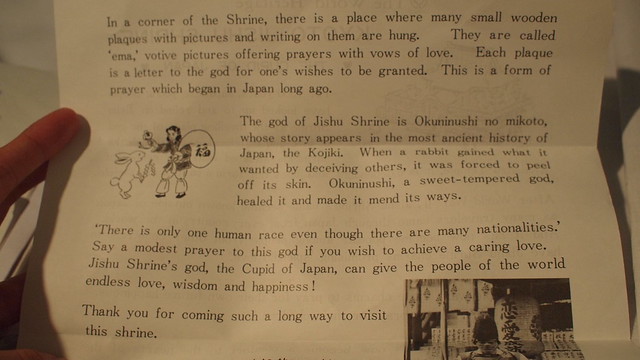Gold for the Grandfather, Silver for the Grandson
Kinkakuji (Golden) Temple was built by Ashikaga Yoshimitsu. His grandson, Ashikaga Yoshimasa, the eighth Muromachi Shogunate, in turn, built Ginkakuji Temple in 1482.
Initially built as villa Higashiyama (or formally Higashiyama Jishoji) for retirement, the common name for the Zen temple is Kinkakuji. As with the Kinkakuji, the interior is not open to public. Get the brochure for a glimpse.
The 50m-long hedges made of stones, bamboo and camellias leading to the courtyard
The contrast of Ginsyadan representing waves and white sand Mt Fuji-shaped Kogetsudai
The phoenix on the roof constantly guards Ginkakuji, which is dedicated to Kannonbosatsu, the Goddess of Mercy.
The Streets outside the temple
If you visit the gold, do make time for the silver.
More pictures are available on my Flickr (simply click any photo).
Cost:
Access: 300 to 500 yen
Access: 2 Ginkakuji-cho, Sakyo-ku, Kyoto City
Related Posts:
Japan Day 7 – Kyoto, Day 2:
- Check out and deposit luggage at reception
- Using the Kyoto City Pass One-Day Pass
- Train to Fushimi Inari Taisha
- Toji Temple
- Kyoto, Japan: Going Green in Gion
- Kyoto, Japan: Gion District
- Kyoto, Japan: Gion’s Shirakawa Street
- Kiyomizu-Dera Temple, Jishu Shrine & Otowa Spring
- Ginkakuji Temple
- Making More Offerings and Getting your Fortunes Told in Kyoto
- Train to Osaka
